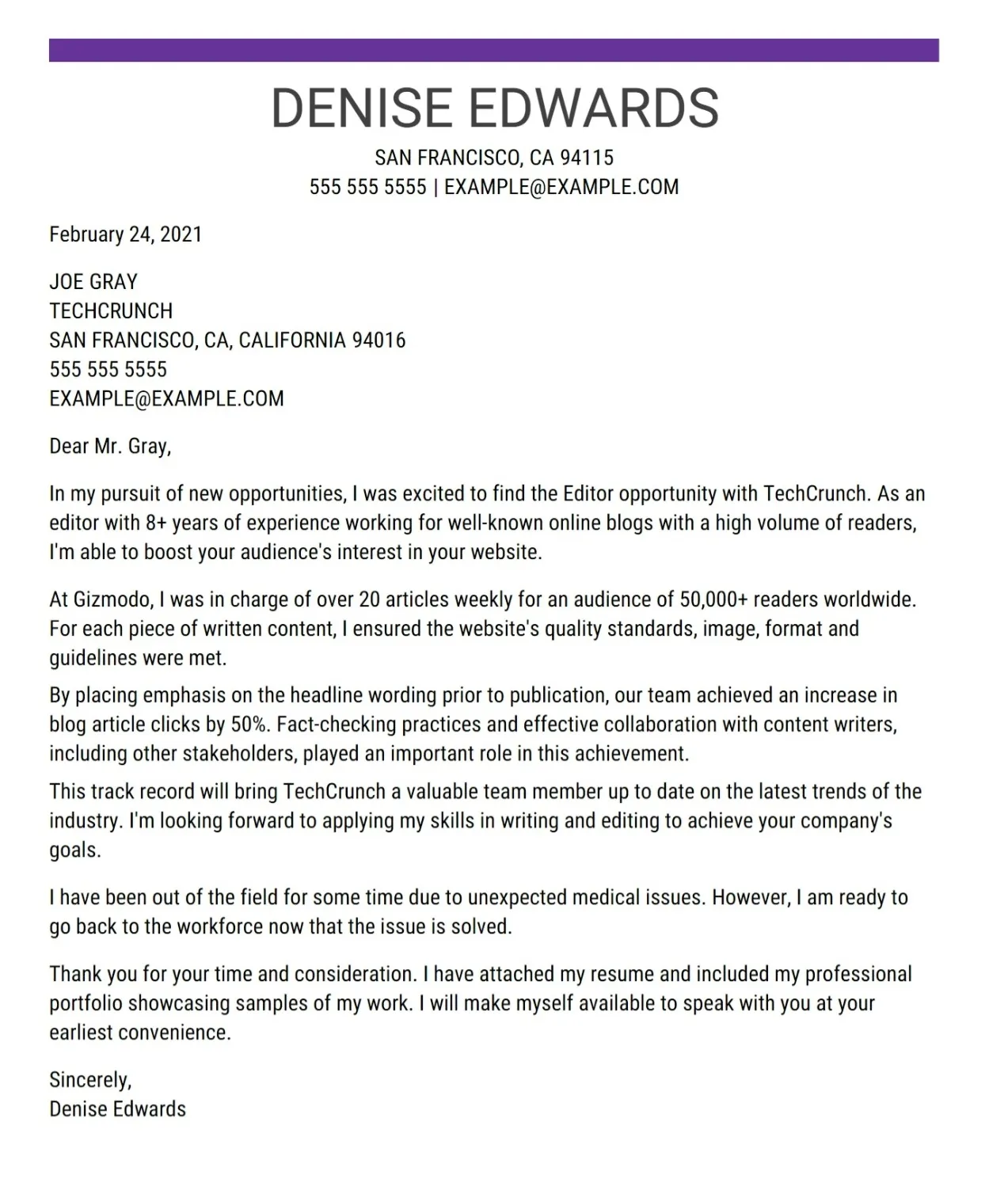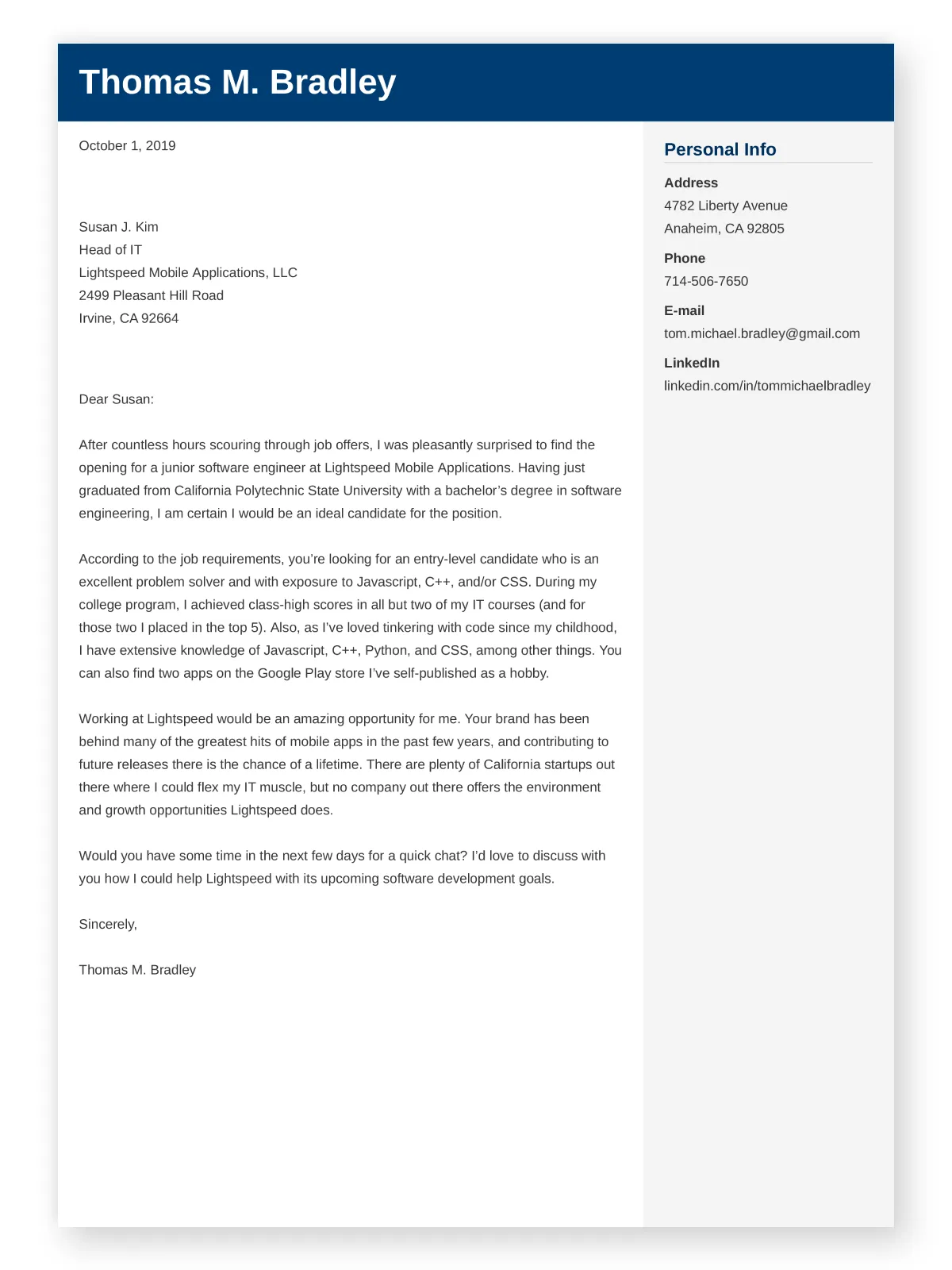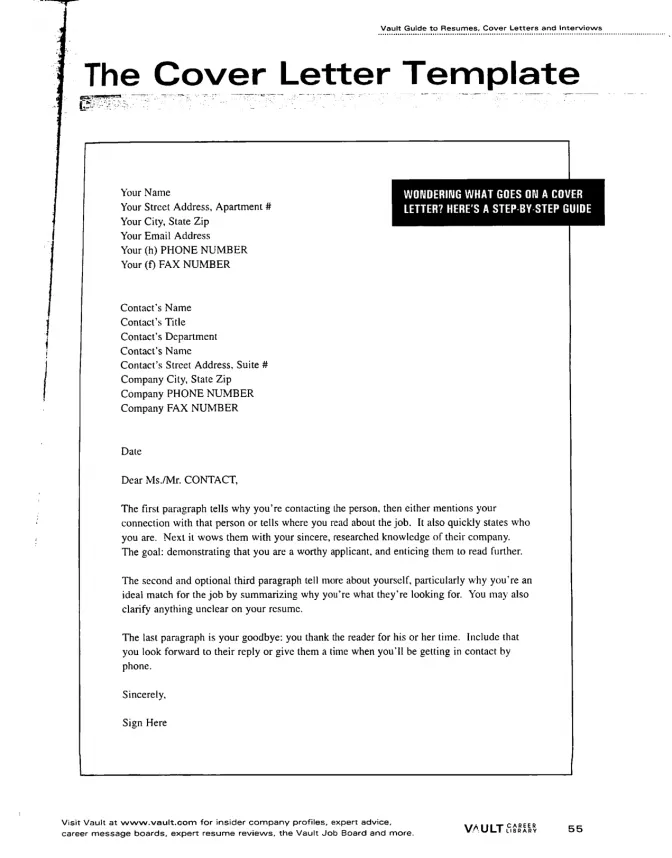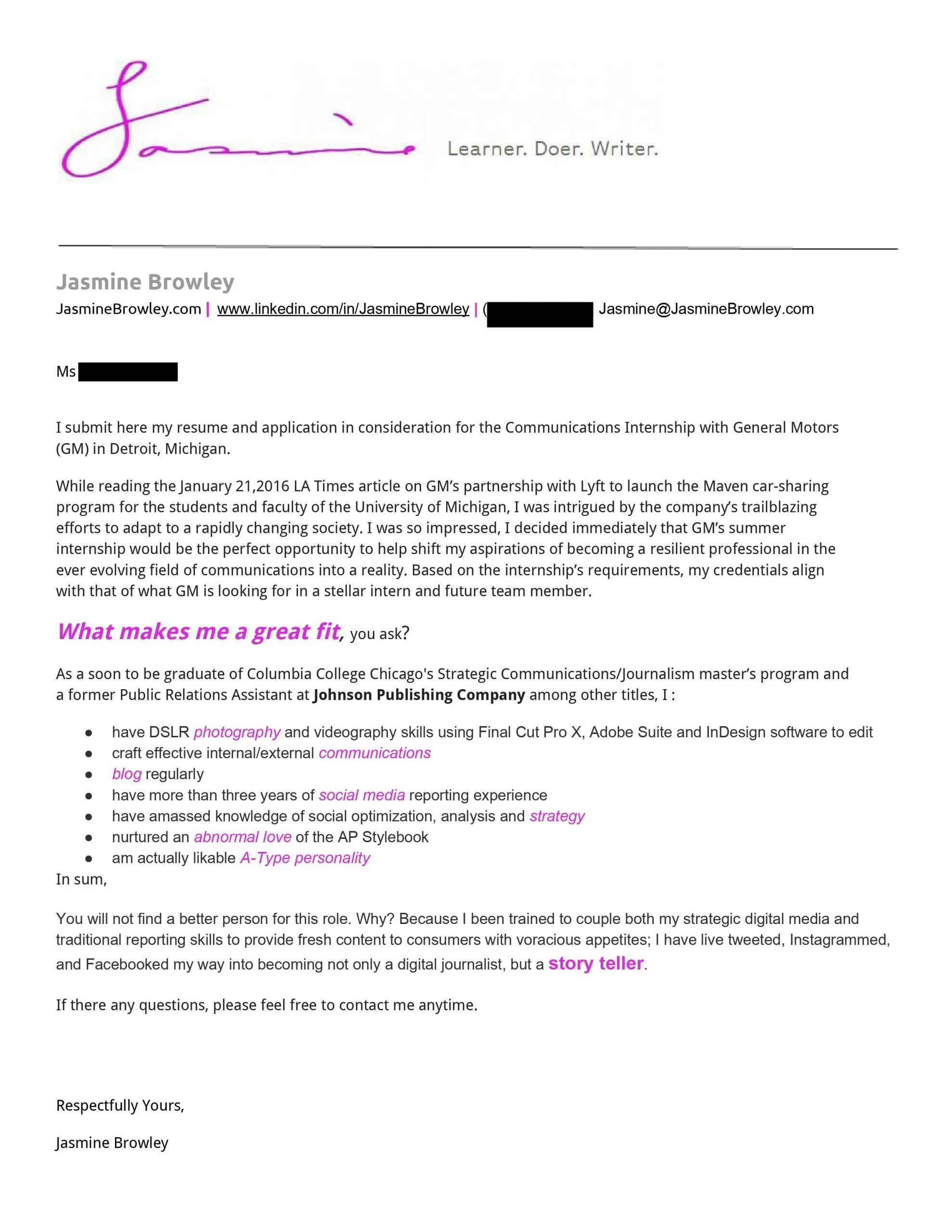Who to Address Your Cover Letter To?
One of the most crucial yet often overlooked aspects of a cover letter is the recipient. Addressing your cover letter to the right person can significantly increase your chances of getting noticed and making a positive impression. A generic “To Whom It May Concern” is a thing of the past. Today’s job market demands a personalized approach, and knowing who to address your cover letter to demonstrates that you’ve done your homework and are genuinely interested in the opportunity. This personalized touch shows initiative, attention to detail, and a genuine interest in the role, all of which are highly valued by hiring managers. Knowing who to address your cover letter also helps you tailor the content more effectively, making your application stand out from the crowd.
Researching the Hiring Manager
The best way to make a strong impression is to address your cover letter to the specific hiring manager or the person responsible for reviewing applications. This shows you’ve taken the time to research and personalize your approach. Ideally, you want to address your cover letter to the person who will be making the hiring decision. This could be the hiring manager, the team lead, or even the company’s CEO, depending on the size and structure of the organization and the position you’re applying for. This extra effort can make a huge difference in how your application is received.
Using LinkedIn to Find the Right Person

LinkedIn is an invaluable tool for finding the hiring manager’s name. Search for the company and the specific job title to identify the person responsible for the role. If you find multiple people, target your search to the department or team the job falls under. Review the profiles for the job titles. Once you’ve identified the hiring manager, you can personalize your cover letter. Addressing the cover letter with the hiring manager’s name not only adds a personal touch but also shows your dedication to the job. Using LinkedIn helps you to personalize your job application and shows you are serious about the opportunity. (LinkedIn search: hiring manager)
Checking the Company Website
Many companies provide contact information for their hiring managers or recruitment teams on their website. Check the “Careers” or “About Us” section to see if a specific contact is listed for the position you’re applying for. Sometimes, the job posting itself will provide the name of the contact person or department. If the job description is vague, you might find contact information for the HR department, allowing you to address your cover letter to “The Hiring Team” or “HR Department.” Reviewing the company website is a great way to find more insights about the company. (Company Website example: hiring manager)
When the Hiring Manager is Unnamed
Sometimes, despite your best efforts, you may not be able to find a specific name. In such cases, there are alternative strategies for addressing your cover letter. If you can’t find the hiring manager’s name, there are still ways to personalize your cover letter and show you’ve done your research. Using a general title or addressing the hiring team is a good alternative. This avoids the impersonal feel of “To Whom It May Concern” while still showing you’ve made an effort to address the appropriate recipient. When the hiring manager is unnamed, you can still make a good impression by using the correct approach.
Addressing to the Hiring Team

If a specific name is unavailable, you can address your cover letter to the “Hiring Team” or the “[Department] Hiring Committee.” This is a professional and acceptable alternative. It acknowledges that your application will be reviewed by a team of people, and it shows that you respect the process. It’s a good choice if you know the department but not the individual’s name. By addressing the cover letter to the hiring team, you show respect for the company’s recruitment procedure. Addressing the cover letter this way is far better than using generic salutations.
Using a General Title
You can also use a general title like “Dear Hiring Manager,” “Dear [Department] Team,” or “Dear Recruitment Team.” These options are acceptable, but they are less personal than addressing the letter to a specific person. This is still a more personal approach than “To Whom It May Concern.” Use this option as a last resort. In some cases, the job description may specify how to address your cover letter. If the posting indicates a specific department, you can tailor the greeting to the hiring team. (general title cover letter example)
Avoiding Common Mistakes
There are several mistakes to avoid when addressing your cover letter. These can undermine your application and create a negative impression. Common mistakes include spelling errors, outdated titles, and incorrect formatting. These errors can give the impression of carelessness or lack of attention to detail, qualities that hiring managers generally avoid. Paying close attention to the details of your cover letter’s address is key. It’s an essential part of presenting a polished and professional application. Avoiding these mistakes helps you to present a professional image.
Misspelling the Name

Misspelling the hiring manager’s name is a significant error. It can make you appear careless and show a lack of attention to detail. Double-check the spelling of the name on LinkedIn, the company website, or any other source before finalizing your cover letter. Typos and misspellings can be easily avoided with a careful review, but they can still make you appear less qualified. Take the extra time to ensure your cover letter is error-free. It’s a simple step that can make a big difference in how your application is perceived.
Using Outdated Titles
Using an outdated title can suggest you haven’t taken the time to research the company or the specific role. Always verify the hiring manager’s current title. If you are uncertain about the title, it’s better to use a more general title like “Hiring Manager” or address the department. Incorrect titles can signal that you haven’t prepared your application properly. It’s important to use the most up-to-date information. Make sure to verify the hiring manager’s title through LinkedIn or the company’s website. (Outdated title cover letter)
Formatting Your Address Correctly
The formatting of your address is also crucial for a professional appearance. Proper formatting helps you to look professional. The address block should be placed at the top of your cover letter, usually on the left side. Ensure your address is well formatted and easy to read. Keep your address block concise and accurate. When creating a cover letter, you need to take care about the placement of your address. Ensure your letter is well-formatted. This includes correct spacing, punctuation, and the use of appropriate salutations.
Placement on the Cover Letter

The address block should be placed at the top left of your cover letter, below your contact information and above the date. Place your contact information at the top of the page. Follow your name, address, phone number, and email. This positioning is standard and professional. The address of the recipient should follow below your contact information. Place it at the top of the cover letter. Correct placement makes the letter easier to read and is very important for an efficient and professional look.
Professional Salutations
The salutation sets the tone for your cover letter and introduces your conversation with the hiring manager. Choosing the right salutation depends on whether you know the hiring manager’s name. This creates an opening for your conversation and is the beginning of a professional relationship. Using a professional salutation will set the right tone for the letter. (Professional Salutations example)
Conclusion
Addressing your cover letter correctly is a critical step in the job application process. By taking the time to research and personalize your approach, you can make a strong first impression and increase your chances of landing an interview. Always aim to address your cover letter to a specific person, and when that’s not possible, opt for a professional alternative like “Dear Hiring Manager.” Pay attention to detail, avoid common mistakes, and format your address correctly. Your cover letter’s address is a small detail that can make a big difference in your job search.
